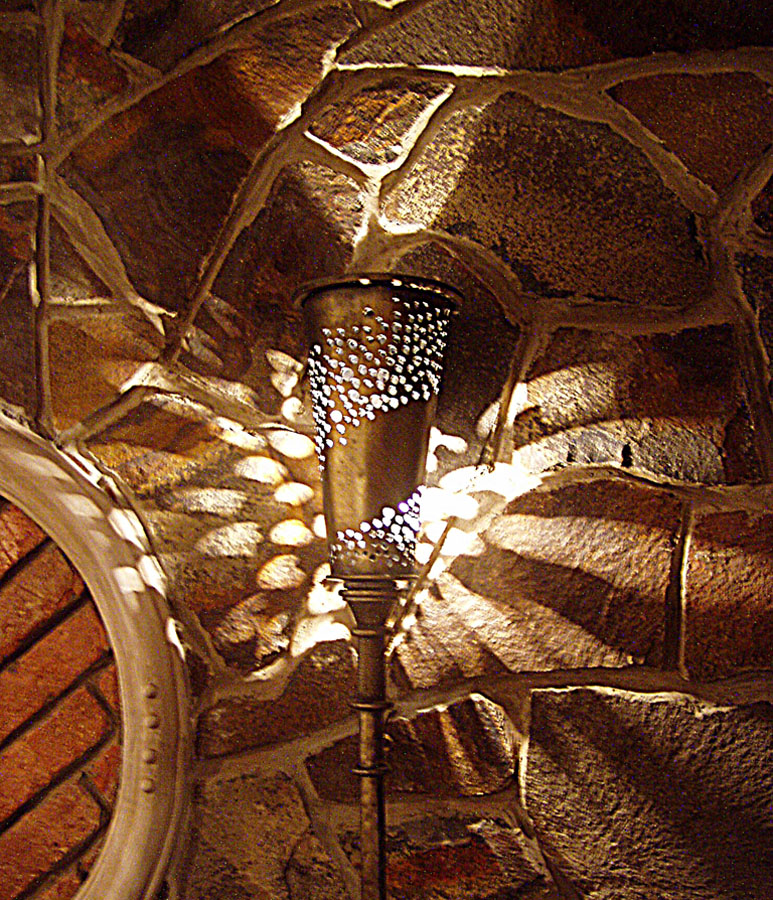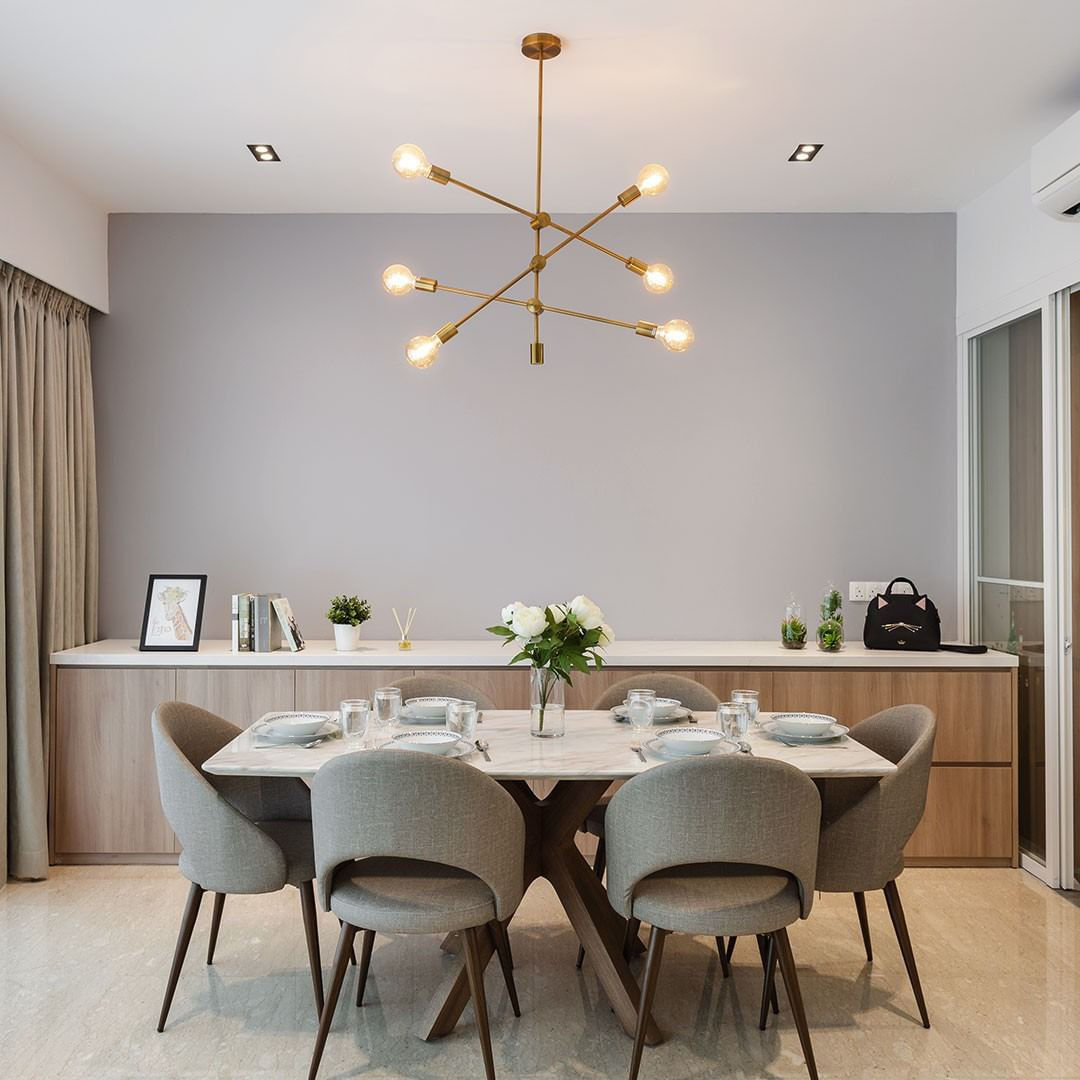
On the other hand, the photographer may decide not to use ambient light and only utilize electronic flashes in the same space above. And, if it serves to achieve the desired image, a few accessories such as a diffuser, a reflector, and a backdrop, or you can also use an existing wall. In portraits, ambient light could be the pure sunlight coming through a side window. Like any lighting, whether natural or artificial, ambient light is just an option for photographers. It includes ceiling down-lighters, ceiling pendants, spotlights, chandeliers, table lamps, neon lights, floor lamps, lights from mirrors, wall sconces, and fluorescent lights. Image Source: Artificial Lights in the HomeĪ range of lights commonly observed in homes and spaces are artificial lights in the house. Image Source: Natural Light from IndoorsĬandle lights and the radiance of light from fire are natural lights that can be indoor sources rather than the actual sunlight coming from outdoors. The first image used natural light from outdoors, while the second image below incorporated neons, lamps, and spotlights. For example, compare the two images below. This is the daylight that comes through ceiling windows, side windows, and open doorways.

In photography, the first type of ambient light is natural light from the outdoors. So here are some lighting scenarios in various spaces you can choose. In photography, the biggest question is, what type of light is required to achieve the desired image the photographer wants to capture? The truth is that the success of an image depends on getting the correct lighting combination needed, regardless of the type of lighting. What are the Types of Ambient Light in Photography?

The object can be handheld or look out for the shadow cast by a large object, like a tree or a building.
#Ambient light lamp manual
Decide which mode you want to use, such as manual mode, aperture priority mode, shutter priority mode, or program mode.To make the most of ambient light, you need to consider two steps: So, taking pictures in ambient light is the same as any natural light photo. Natural light is simply a type of ambient light. How do you Take Pictures in Ambient Light? Experimenting and mixing multiple types of lighting is one way to use ambient light. Every photographer has his/her style to achieve artistic goals. Indoor photography, such as inside a studio, can use ambient lighting and a flash to get the best of both worlds.Īlthough some people disagree with photographers that tamper/modify natural light, they still call it natural light. Using ambient lighting indoors is also a great idea.In addition, you can also optimize artificial light coming from the buildings’ lamps to get a stunning cityscape picture.

However, they can also use natural light when shooting nature scenes at noon or night. Landscape photographers use ambient lighting essentially.You will have ambient lighting when shooting outdoors since sunlight, moonlight, or city lights will be exposed. Photographers use ambient lighting pretty much anywhere.Image Source: Where is Ambient Lighting Used? You can also mix and match light fixtures to offer a dimension of warmth to your scene. It is also called mood lighting because of its ability to create a specific atmosphere. Proper ambient light helps your subject or atmosphere to look more relaxed. Not too high that makes eyes uncomfortable and not too little that it doesn’t produce any effects. It is a soft light that envelops your scene/room perfectly. Unfortunately, some photographers confuse these different categories of light and may only consider “natural” sunlight to be true ambient light.Īmbient lighting works by providing a sufficient amount of exposure without much glare on the camera. It can be “natural” ambient sunlight or “artificial” ambient light such as a nearby lamp, street light, or similar. Ambient Light refers to any form of light that the photographer didn’t add to their image.


 0 kommentar(er)
0 kommentar(er)
